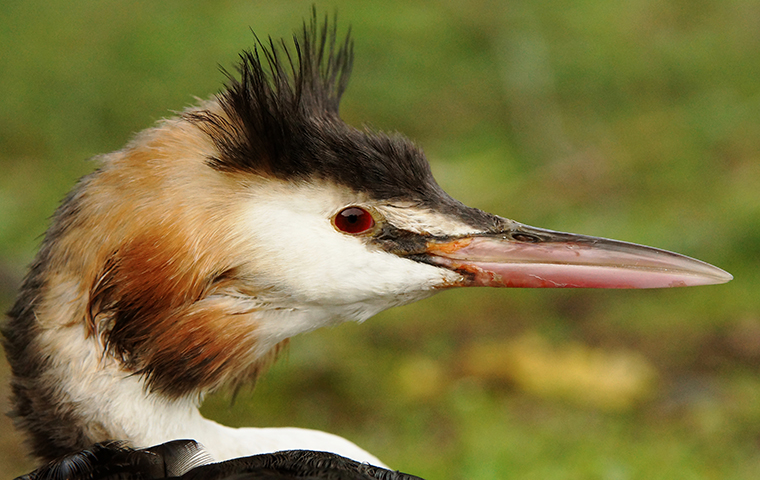
Protected in Name Only
Protected areas are a big part of keeping waterbird populations safe. But Brody Sandel says they’re only as effective as the governments that enforce them.
Brody Sandel, assistant professor of biology, has seen the effects of “paper parks.” When he was studying for his Ph.D. in Panama, his committee chair was part of a research project examining five different areas of a national park near the opening of the Panama Canal.
For about 15 years, the chair visited the plots every six months to collect data. One visit, he returned to a location to discover the forest was gone: bulldozed and replaced with shipping containers.
“I can’t imagine measuring everything with incredible detail for 15 years and then it’s just suddenly gone,” Sandel says. “No more trees.”
Sandel says situations like this aren’t all that uncommon. Forests that are supposed to be protected space, are often just protected on paper (hence, paper parks). There are no measures or policies or even signs on the ground to protect the spaces-and this kind of ineffective government enforcement is making an impact on bird populations.
Sandel recently co-authored a paper in Nature that examined the most comprehensive data set of its kind—25 years of data and 461 different species of bird. The data was recorded by thousands of volunteers and compiled by the Audubon Christmas Bird Count and the International Wetlands Survey. Along with the bird data, Sandel studied spatial and satellite data of 25,000 coordinates to develop descriptions of the local environment and identify land use change and human impact.
In the data, Sandel and his team noticed a variety of trends. Herons are doing great in Africa. Ducks are not doing well in Southeast Asia. Grebes are declining in Africa. But what was most interesting was the impact of government efficacy. The team found protected areas benefitted waterbird populations, but only in countries with highly effective governments. Meaning, these protected parks are often only as effective as the governments that enforce them.
“There are a lot of cases of this in Africa,” Sandel says. “There’s land that's designated as protected to try to appear more environmentally friendly. But then, with satellite data it can become really obvious that some of these places are just trashed.”
The paper park in Panama was an extreme example, but hardly the only type of danger from lack of effective government. For example, another study looked at chimpanzee protection areas.
“Those areas are generally good-looking forests, but people still hunt in them, for example,” Sandel explains. “So, there’s definitely shades of gray—from ineffective all the way to absolute, complete, perfect protection.”
So, what's the solution? Sandel says that's likely what’s next. Researchers can take their findings and examine what can be done in these areas where governments don't enforce protected spaces.
The solution won’t be simple and Sandel doesn’t claim to know the answer but he has some guesses of what might help.
“Some of this has to be much more grassroots,” Sandel says. “For example, if you can somehow tie it to ecotourism. That can then support a local economy and that's tied in with the success of the conservation effort.”
What’s most encouraging, Sandel says, is the possibilities of future research using similar methods. This entire paper was produced using research from volunteers and satellite maps he accessed from his desk at Santa Clara.
“When I imagine what science will look like in 20 or 30 years, when we’ll have decades of data on so many more things than we have now-for me, that's amazing,” Sandel says. “I feel really optimistic about the kinds of research we'll be able to do.”
Great Crested Grebe